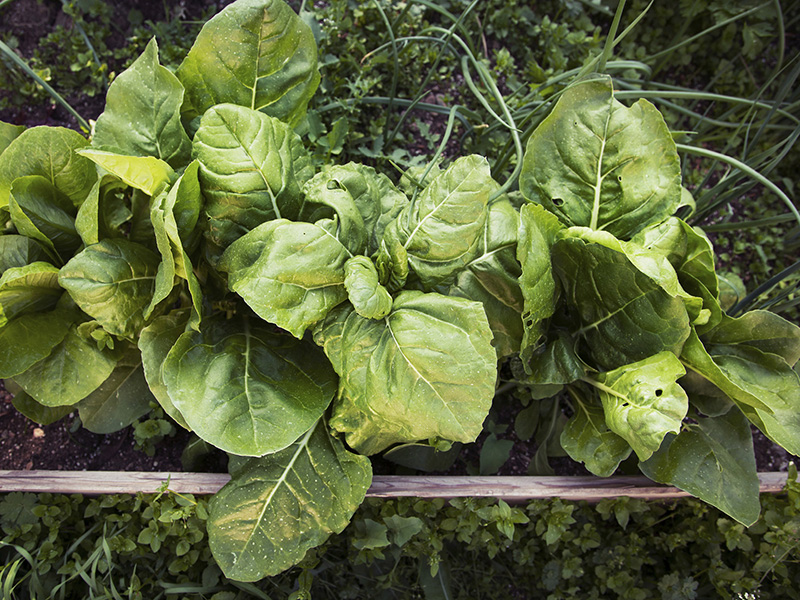WRITTEN BY SHAWN RADCLIFFE
The average American eats only three servings of fruits and vegetables a day. That’s well below the five to 13 servings recommended by the latest dietary guidelines. One of the easiest ways to increase your intake of these healthy foods, though, is to grow your own fruits and vegetables right at home.
But don’t worry, this doesn’t mean you have to set aside a dedicated “vegetable garden.” Take a look around your yard, patio or deck and you’ll find plenty of underutilized spaces waiting to welcome your tomatoes, raspberries and greens. Here are a few tips to help you create your own attractive and edible landscape, one that will feed your family for many seasons to come.
Identify the Outdoor Spaces
The size and shape of your edible garden is determined in large part by the outdoor spaces available to you. But even if you live on a tiny lot or have just a porch or patio, you are only limited by your creativity. When space is at a premium, increase your growing potential by adding containers, vertical structures or raised beds.
On the other hand, if you live on a large lot, don’t fall into the trap of rigid rows. Look for ways to create curved lines and smaller spaces from plantings of fruit trees, vegetable plants and herbs.
Choose Your Garden Style
Designing an edible garden is a lot like shopping for clothes. You have to choose something that fits your style. Think about whether you prefer well-ordered spaces or something more free-form and casual. When designing your garden, you can always start from scratch. But also take a look at the existing plants and structures, like patios and fences, to see how you can enhance their visual appeal with edible plants.
Decide on Edible Plants
There are so many edible plants available that it can be overwhelming. One of the best ways to narrow down the list is to look at the available light. Plants like eggplant and tomatoes love the sun, while kale and broccoli raab will tolerate a bit of shade. Lettuces, on the other hand, are happy growing in the shade of other plants or even a large oak tree along the street. You can also create a permanent backdrop for your annual vegetable plants by including a few perennials in your garden. Look for long-blooming perennials that attract pollinators and other beneficial insects.
Create Living Garden Spaces
One of the most challenging, but ultimately the most satisfying, aspects of designing your edible garden is creating something that is part of your outdoor living space. This can be as simple as shaping your garden around paths that flow across your yard, including vertical elements like trellises, or using attractive containers or raised beds. And don’t forget to create a quiet space among your garden for sitting and relaxing, one within easy reach of those soon-to-be ripe blueberries or tomatoes.
Edible Garden Resources
Creating your own edible landscape is more than just throwing a few vegetable plants in the ground and hoping for the best. These books will provide you with enough hands-on gardening knowledge to help you transform your yard into a beautiful and tasty garden.
“Small-Space Vegetable Gardens” by Andrea Bellamy
“Edible Landscaping” by Rosalind Creasy
“Groundbreaking Food Gardens” by Niki Jabbour
“The Edible Front Yard” by Ivette Soler
“The Edible Landscape” by Emily Tepe


